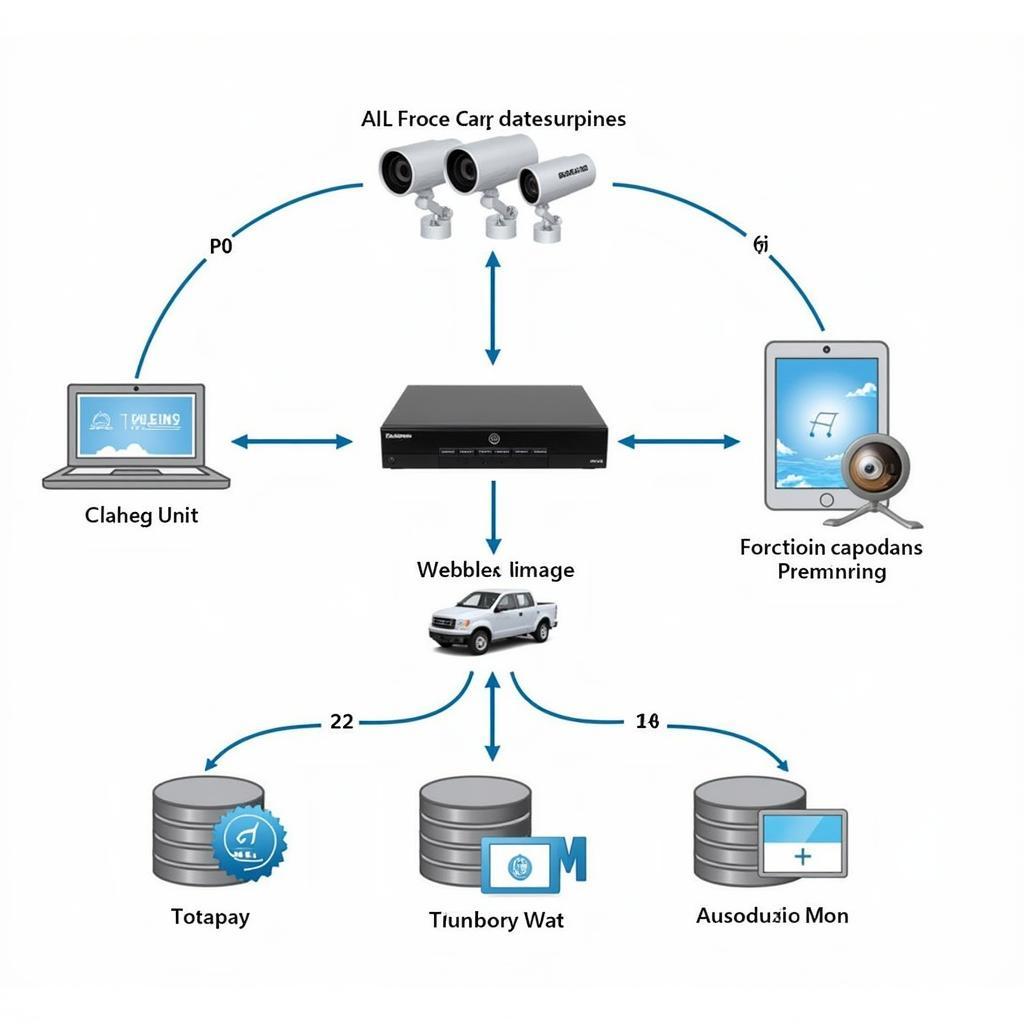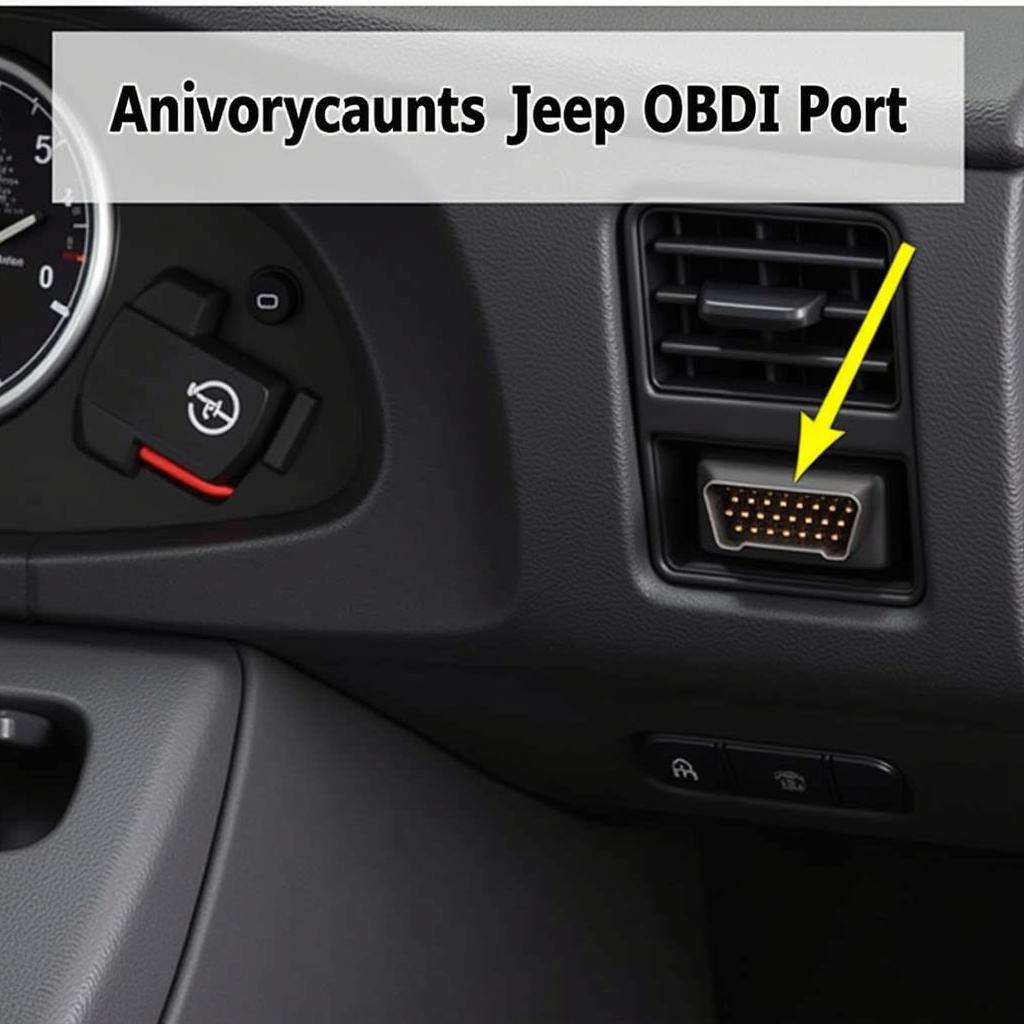Police Car Plate Scanners, also known as Automatic Number Plate Recognition (ANPR) systems, have become an essential tool for law enforcement. These systems automatically capture vehicle registration plate information, allowing officers to quickly identify stolen vehicles, wanted individuals, and uninsured drivers. This article dives into the technology behind police car plate scanners, explores common troubleshooting issues, and provides valuable insights for both law enforcement and automotive professionals. will an uninsured car show ip on a police scanner
ANPR technology combines high-speed cameras with sophisticated software to read and process license plates in real-time. The captured data is then compared against databases of stolen vehicles, wanted persons, and other relevant information. This technology empowers law enforcement agencies to enhance public safety and improve efficiency. However, like any complex system, police car plate scanners can encounter technical challenges.
How Police Car Plate Scanners Work
The core components of a police car plate scanner system are the cameras, the processing unit, and the database. Cameras, often infrared-enabled for low-light conditions, capture images of license plates. The processing unit then uses Optical Character Recognition (OCR) software to convert the image into text. This text is then compared against databases such as the National Crime Information Center (NCIC) and other law enforcement databases.
Key Components and Their Functions
- Cameras: High-resolution cameras, often with infrared capabilities, capture clear images of license plates, even in challenging lighting conditions.
- Processing Unit: A powerful computer processes the images, utilizing OCR to translate the image into readable text.
- Database: Contains records of stolen vehicles, wanted individuals, and other relevant information. The processed license plate data is cross-referenced against this database.
- Software: Sophisticated algorithms manage the entire process, from image capture to data analysis and reporting.
 Police Car Plate Scanner Components
Police Car Plate Scanner Components
Common Troubleshooting Issues and Solutions
Various factors can affect the performance of police car plate scanners. Environmental factors like heavy rain, snow, or fog can obstruct camera visibility. Technical issues such as software glitches or hardware malfunctions can also hinder system functionality. Additionally, the positioning and calibration of the cameras are crucial for accurate data capture.
Troubleshooting Camera Issues
- Blurry Images: Check the camera lens for dirt or obstructions. Ensure the camera is securely mounted and properly focused.
- No Image: Verify the camera’s power supply and connections. Check for any damaged cables or loose connections.
- Poor Night Vision: Ensure the infrared illuminators are functioning correctly. Adjust the camera settings for optimal night vision performance.
Addressing Software and Database Problems
- Incorrect Reads: Update the OCR software to the latest version. Ensure the database is up-to-date and contains accurate information.
- System Slowdown: Check the processing unit for sufficient memory and processing power. Consider upgrading the hardware if necessary.
- Communication Errors: Verify the network connectivity between the scanner and the database. Troubleshoot any network issues.
“Regular maintenance and calibration are essential for optimal performance,” advises John Smith, Senior Automotive Electronics Engineer at ScanToolUS. “Just like any other piece of equipment, these systems require routine checks to ensure they are functioning effectively.”
Optimizing Police Car Plate Scanner Performance
To maximize the effectiveness of police car plate scanners, regular maintenance and calibration are critical. Keeping the camera lenses clean and ensuring proper alignment are crucial steps. Software updates and database maintenance are also essential for accurate and efficient operation.
Maintenance Best Practices
- Regularly clean the camera lenses and housing to ensure clear visibility.
- Check the camera mounting and alignment to prevent inaccurate readings.
- Perform routine software updates to enhance system performance and address bugs.
- Ensure the database is up-to-date and contains accurate information.
“Investing in high-quality equipment and providing adequate training to personnel can significantly improve the accuracy and reliability of police car plate scanners,” adds Maria Garcia, Lead Software Developer specializing in ANPR systems.
Conclusion
Police car plate scanners have revolutionized law enforcement by providing a powerful tool for identifying vehicles of interest. Understanding the technology, common troubleshooting issues, and maintenance best practices are essential for maximizing the effectiveness of these systems. By implementing these strategies, law enforcement agencies can enhance public safety and improve operational efficiency. For further assistance or support, connect with the experts at ScanToolUS. Contact us at +1 (641) 206-8880 or visit our office at 1615 S Laramie Ave, Cicero, IL 60804, USA.


